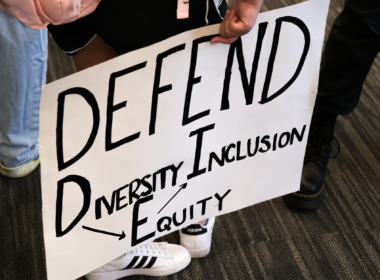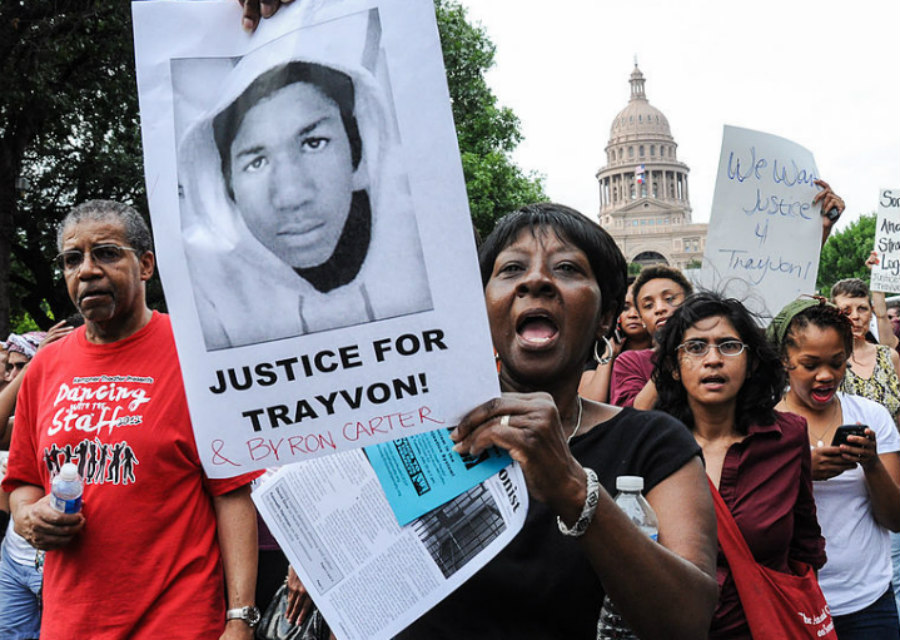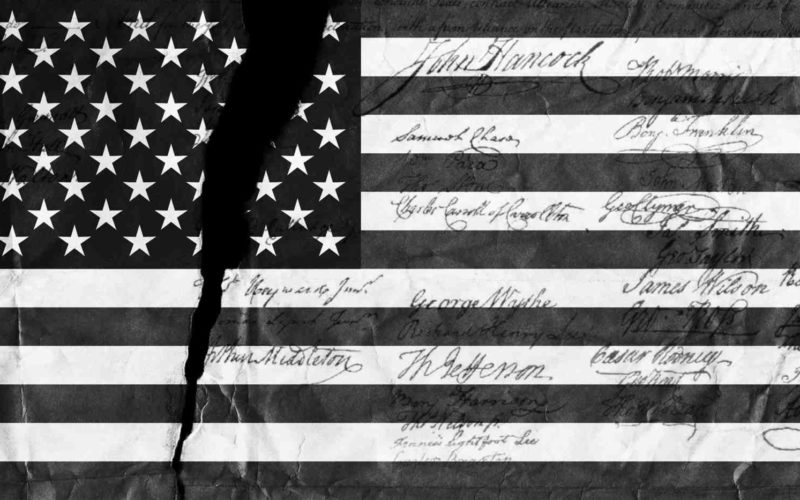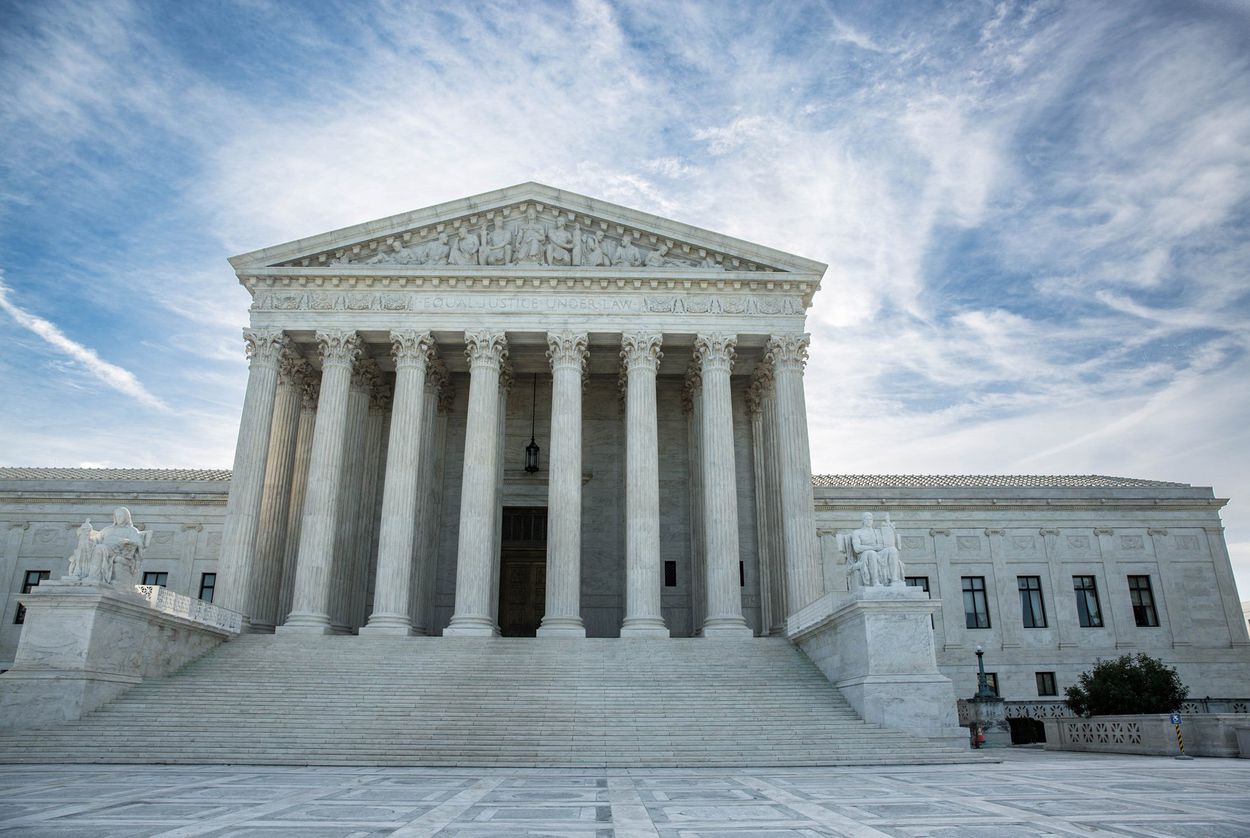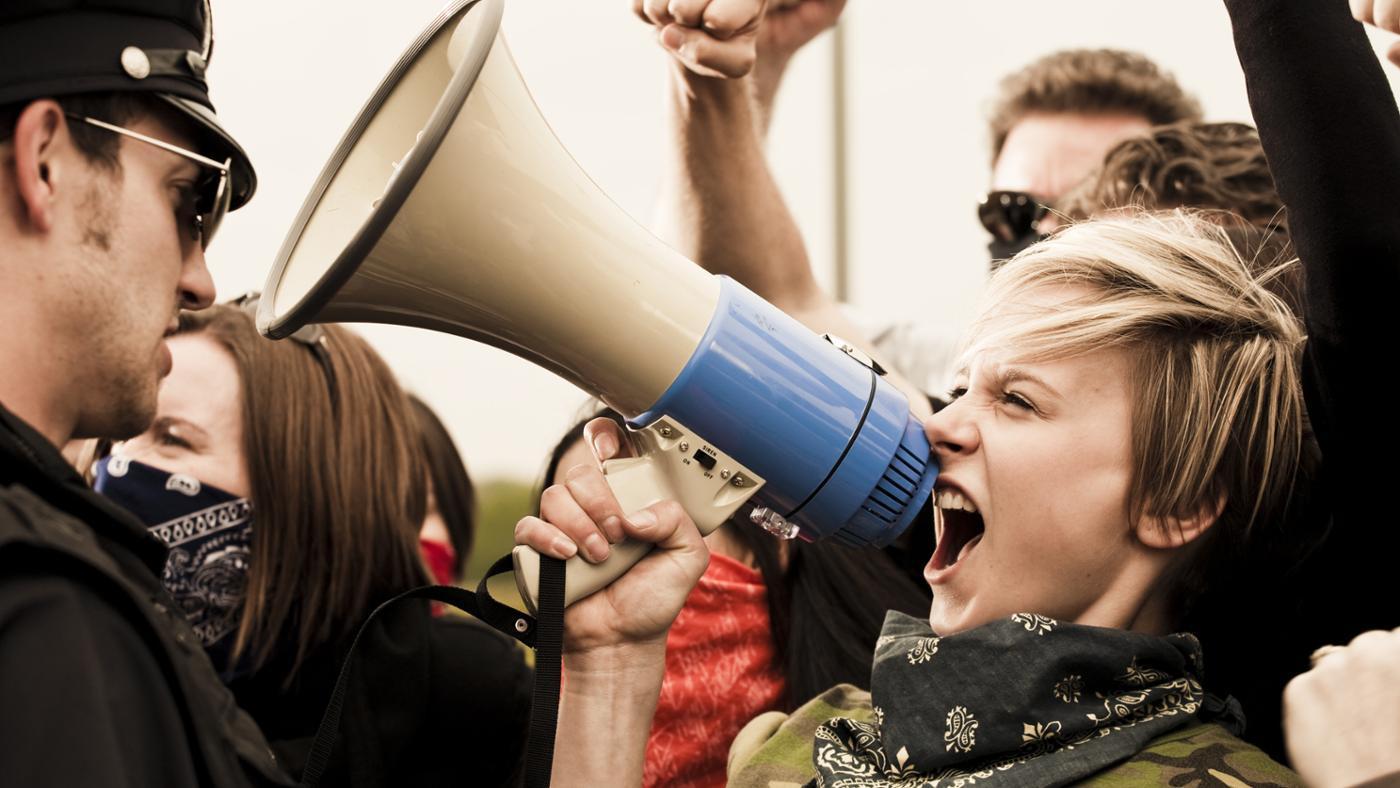It goes without saying that an anecdote about rural Arkansas is an unlikely point of departure for a discussion about the political implications surrounding the refusal of the Sanford, Florida police department to initially arrest George Zimmerman in the case of Trayvon Martin. However, the manner in which the controversy has brought racial divisions to the fore is reminiscent of a personal experience I had a small boy. Long ago in the mid-1960s, I spent a year on my grandparents’ farm in Arkansas. And like all black children in the “country” in those days, I was assigned various chores: scaling and gutting fresh fish; feeding the cows; washing my clothes on the washboard; picking cucumbers; and generally helping my grandfather with whatever he had to do. But of all of the chores that I was assigned, feeding the chickens was by far the most memorable. It was customary back then for farmers to store their chicken feed in large croker sacks. When my grandfather fed the chickens, he’d reach into the bag and throw a handful of dried corn on ground for the chickens. And as soon as the golden kernels of corn bounced and settled on the red clay, the chickens would battle for the few, sparse kernels, ruffling their feathers and pecking each other to maneuver themselves into privileged positions. Naturally, this was simply a matter of course for other children. But as city boy from Berkeley, California, it was all new to me and I always found it amusing that while the chickens bickered over the few specks of corn, my grandfather was standing there holding the whole bag.
In the political economy of the US, American workers behave remarkably similar to the chickens I saw on my grandfather’s farm, and race is the discursive method that the elite has used to exploit the differences we have among ourselves. There have been numerous essays that examine what has happened in the Trayvon Martin case, and there has also been a great emphasis placed on how the murder happened. But while these approaches have helped to direct attention to issues such as racial stereotyping, police profiling and other related issues, relatively few essays have forthrightly addressed the question of why we are witnessing this blatant sort of bigotry at this juncture of American history? What, in other words, does this signify? And how do we “read” it? My response is that the refusal of the Sanford, Florida police department to seek punishment against Zimmerman represents an attempt by neo-confederates to utilize the criminal justice system to erase the achievements of the Civil Rights movement, and to exploit that erasure for the purposes of intensifying the exploitation of working people generally.
Today there are two competing models of capitalist hegemony. One model, which is generally advocated by so-called liberals, relies on an educated work force to compete internationally. Because of this, this model requires a modicum of equity among workers, and cultural diversity is envisioned as an asset insofar as it facilitates capitalist production domestically and enhances corporate competition in international affairs. However, the second model is drastically different. Based on the southern agrarian models during slavery and Jim Crow, the second model, which I call neo-confederacy, seeks to construct a corporate state. As such, it is diametrically opposed to the development of its workers and the public institutions that are designed to support them. As with slave owners and southern oligarchs of the Jim Crow era, neo-confederates posit the use of force, particularly militarism, as a strategy to maintain American hegemony. And instead of developing a domestic labor force, they attempt to minimize labor costs by depressing workers’ wages. One method involves importing foreign workers who are generally willing to accept lesser pay. As a consequence, their lower salaries curb the growth of other workers’ wages. Another much more decisive—and divisive—strategy involves the mythology of race.
Neo-confederates have (re)constructed new versions of the logic, rhetoric, imagery, icons, and ideology of the pre-Civil Rights era in order to marshal as much public support as possible for the political repression of black people in the US. The disfranchisement and impoverishment of blacks is a prerequisite for the absolute dominion they seek over American workers generally. The exacerbation of racial tensions between whites and blacks makes it easier to pit these groups against each other while they keep larger shares of the profits. This is why we have witnessed so many images of blatant racism in recent years, and this is why George Zimmerman has not been arrested. Neo-confederates want to send a crystal-clear message that they are encouraging violence against blacks. There is an undeniable interrelationship between the racist stereotypes that have been circulated and the code-speak encouraging violence against blacks, so that American workers will be divided along racial lines. Caricatures of President Obama as an ape-like figure and the constant calls for him to document his place of birth are not just laughable instances of ignorance. Quite the contrary, they are parts of a carefully crafted scheme to not only re-inscribe the bigoted mindset of the past, but to use the targeting of blacks as a means of acquiring absolute control over the entire country. And in order to achieve the power that they seek, it is necessary to negate black people’s political potential to help the electorate elect more progressive politicians into office.
Naturally, many people have interpreted the refusal to punish Zimmerman as an evocation of the brutal murder of Emmett Till whose disfigured face was revealed to the entire world during his funeral in 1955. But while the refusal to punish Zimmerman is an indisputable sign of the most virulent racism imaginable, it is more fundamentally a reflection of neo-confederates’ devious strategy to take the nation back to the future—to move the nation toward a futuristic feudalism wherein American workers fight among each other for the few petty jobs that are available, and feel pressured to acquiesce to draconian labor conditions: working10-12 hours a day, 6-7 days a week, for paltry sums of money, not to mention deplorable security and few benefits.
Needless to say, most Americans consider these conditions as objectionable. And since it is impossible to force workers to accede to these conditions, neo-confederates have resorted to seducing the majority of whites into accepting smaller portions of the American economic pie. And race is the main ingredient in this formulaic process of political seduction. The stereotyping of blacks creates an illusion of racial superiority, and induces whites to become agents in the maintenance of a racialized hierarchy which restricts the social mobility of white workers but guarantees their hegemony over blacks. In exchange for their acceptance of less money and/or benefits, whites receive psychological benefits: They feel entitled to exercise bodily control over blacks—insults, epithets, and violence. And to make matters worse, neo-confederates are gambling on the prospect that worse will mean better for them; that the more depressing the economy becomes for everyday people (which means the better things are for the rich), the more vociferous whites will be in venting their frustrations against blacks, who will be compelled to respond with rallies, marches, and calls for equal treatment under the law, thereby escalating racial tensions which neo-confederates can spin as validations for even more repressive economic and political measures, including stronger appeals for so-called “family values” and “the war on drugs,” which are not only coded endorsements for police brutality and the privatization of prisons but also the systemic draining of financial support for schools, job-training programs, public transportation, and other aspects of the social infrastructure that benefit working people.
The perpetuation of racial stereotypes in popular culture and mass media is crucial to the entrenchment of a misguided mindset which is characterized by hierarchical logic. As an Old School black saying goes, “If you’re white, you’re right; if you’re yellow, you’re mellow; if you’re brown, stick around; but you’re black, you gotta get back.” Though funny, this rhymed aphorism reflects the primary objective of establishing a social pecking order based on skin color. Once the hierarchy is further infixed, individuals tend to be less concerned with equalizing the society and much more concerned with maintaining their own precarious positions within the social order because they fear that efforts to reform the economy may jeopardize their positions to the extent that it deconstructs the hierarchy itself. The fact that most workers would benefit immensely from reforming the hierarchy, not to mention dismantling it, is a truth that the elite has gone to great lengths to conceal. Neo-confederates, in particular, have used everything at their disposal to create the fear that black development and achievement will threaten the interests and divine right of privilege of whiteness. This irrational sense of fear is designed to preempt white peoples’ natural impulses to question not only the structure of the hierarchy, but its principal beneficiaries as well.
Any fundamental improvement by blacks and women necessarily entails an unraveling of the hierarchy, and will lead the nation away from a situation of haves and have-nots, which means more expenditures for the super-rich. The refusal to punish Zimmerman is designed to embroil the nation in escalating conflicts and controversies, which diverts attention from the primary issue at hand—the distribution of wealth in America: Who gets what? And how did they end up with it? Neo-confederates hope to create a scenario wherein white violence provokes rallies, rhetoric, and marches which inspire blacks to assert our rights to fair treatment under the law and equal treatment in the larger American political economy. In response, many whites and other non-blacks will interpret gestures that critique specific forms of discrimination against blacks as threats to their own economic security, which has already been rendered unstable in the new service-oriented economy of the 21st century.
The re-emergence of overt forms of bigotry, then, reveals the political role that race has played in American society. It is a ruthless strategy that has been tried and tested throughout the history of our nation. To put it differently, race is a two-pronged ploy that simultaneously disfranchises blacks and dupes whites into expediting their own exploitation. Without question, the real targets in this assault against blacks are regular, everyday white working people who face rising costs of gas, education, health care, and other problems in today’s economy—regular, everyday white people who have been carefully constructed since the time of their birth to accept unquestionably the racialized hierarchy of American culture. Since race is the linchpin of American class politics, policies that affect blacks disproportionately affect whites as well. The gains that blacks and women made in the economy have also benefitted the broader base of American workers. This explains why conservatives have invested so much time, energy, and money to misrepresent the issue of abortion and repress and/or caricature issues, such as the privatization of prisons, which affects blacks disproportionately.
Neo-confederates are relying on the effectiveness of a complex web of misinformation comprised of myths, half-truths, and outright lies. Race is the central feature of this ideology, the main ingredient of a political formula which will exploit American workers to the fullest extent conceivable. There’s always been an unstated social contract between white workers and American business owners, a tacit agreement that we have usually referred to as the American Dream. Work hard enough and diligently enough, and you, too, can achieve social mobility or, at the very least, a relatively comfortable lifestyle. However, many of today’s entrepreneurs have decided to essentially dismantle the social contract and rewrite it in terms of a racial contract. Under the terms of the new racial contract, employers rely on race to function as the ultimate diversionary device on the largely misinformed populace. Under the terms of the new racial contract, blacks are mere pawns in a deadly game of American politics. As in the past, the new contract empowers non-black citizens with the privilege to act out their deepest animosities against blacks, including acts of wanton violence, and emerge completely untainted by legal prosecution. And, as in the past, the racial contract effectively conceals the true contradictions between white workers and their employers.
Thus, the murder of Trayvon Martin reveals the challenge that blacks and all progressive people face during the 21st century. Ideology and violence are complementary components of an economic strategy, and the criminal justice system is no exception. This institution must be the focal point for efforts to achieve positive change in the US. Although the wider public has yet to question the financial and political motives behind the rapid expansion of the prison industrial complex, money is always the primary objective of the confluence of ideology and violence—and the prison system is no exception. Just as carpenters produce houses, composers produce compositions, and engineers produce computer software, so criminals produce crimes—and in the production of crimes, the criminal also produces the labor space for the locksmith and the key maker, not to mention a host of professions, including judges, police, attorneys, accountants, nurses, doctors, psychologists, cooks, carpenters, plumbers, electricians, welders, truck drivers and auto mechanics. In short, an entire industry has been founded on the construction of the criminal. Towns have been revitalized by the criminalization of drugs and the racialization of criminality. When we consider the fact that the drug laws are all based upon some aspect of race, the arbitrary nature of the laws becomes much clearer.
In black street language, the criminal justice system can be likened to a padlock that has to be picked and pried open—in a word, deconstructed, so that its sundry parts can be examined out in the open. While the dismantling of the criminal justice system won’t result in immediate freedom for blacks, only by deconstructing the criminal justice system can progressive people hope to forge meaningful coalitions that can form strategies to achieve positive change for the vast majority of Americans, including those who might oppose such changes. To put it differently, only by addressing the contradictions of the criminal justice system can American workers avoid the chicken pecking syndrome that I alluded to at the outset of the essay. It is my sincere hope that we will develop sufficient foresight to do so.
Artwork: Andy Bell
